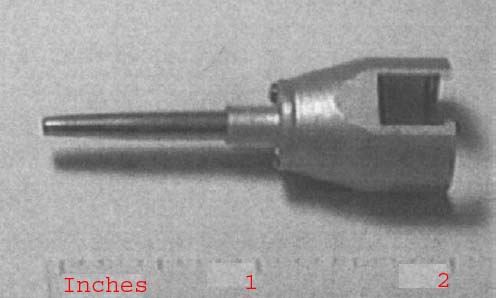|
This book (Practical Electron Microscopy and Database) is a reference for TEM and SEM students, operators, engineers, technicians, managers, and researchers.
|
=================================================================================
Figure 2534 shows a GIO (grazing incidence X-ray optics) collimator assembly connected to a 10-mm2 EDS detector. The reflectivity of GIOs strongly depends on the grazing angle, material and roughness of reflecting surface, and X-ray energy. The GIO has the benefits of being compact in size, relatively inexpensive, and highly efficient reflectors for X-ray in the energy range below 1 keV. For instance, the GIO only reflect the X-rays for very small angles of incidence with respect to the reflecting surface. The reflecting surfaces are usually composed of a thin, very smooth layer of material such as metals or metal alloys. Furthermore, the GIOs have normally different shapes such as cones, parabolas, hyperbolas, ellipsoids, or more complex, combined features.

Figure 2534. A GIO collimator assembly connected to a 10-mm2 EDS detector. Adapted from [1]
[1] Jon J. McCarthy, and David J. McMillan, Application of X-ray Optics to Energy-Dispersive Spectroscopy, Microsc. Microanal. 4, 632-639, 1999.
|
